Magic the Gathering is hard. The rules are complex and at times not intuitive. With nearly every MTG card in history legal to you, there are bound to be weird, facially unintuitive rules interactions and corner-case scenarios that come up in games of cEDH. Knowing ahead of time how they will play out can give you an edge in these situations.
This is not a comprehensive list of unintuitive scenarios that come up. Some of these are fairly common, and others are much more corner-case. Experienced players have probably encountered many of these interactions, but it wouldn’t surprise me if nearly everyone reading this article learns a thing or two about a thing or two.
Disclaimer that I’m not a judge, so thanks to Eminence head judge Max for double-checking these!
Shout out to Eisenhertz’s YouTube channel and their recent videos for inspiring this article.
Draw Triggers:
Optional: Rhystic Study, Mystic Remora, Consecrated Sphinx, Tymna, Sylvan Library (insert Drake Sasser meme here)
Not optional: Esper Sentinel, Archivist of Oghma, Kraum Ludevic’s Opus, Ledger Shredder, Niv Mizzet Parun, Notion Thief
This will come up against a Thassa’s Oracle trigger on an empty library or an opposing Consecrated Sphinx, Notion Thief, or Smothering Tithe. It’s a common saying in my circles that everyone who plays Kraum and Thoracle combo will lose to an opponent triggering your Kraum in response to the Thoracle trigger once. It’s almost a rite of passage.
Dredge vs an opposing Narset, Parter of Veils, or Spirit of the Labyrinth:
If you haven’t drawn a card this turn yet, you can dredge a card back to your hand and still draw or dredge again later in the turn. If, however, you’ve drawn a card, you cannot dredge back any more cards this turn. Dredge also completely gets around an opposing Notion Thief.
Notion Thief:
Often played in conjunction with wheel effects and as card draw hate in general, keep in mind this card can kill you if there is an opposing Consecrated Sphinx (though you can draw into interaction and remove either piece before this happens) or an opposing Thrasios player who can generate infinite mana (most non-Split Second interaction won’t save you here, since they can just keep activating Thrasios on top of your interaction pieces).
Alternate costs:
You can only pay up to one alternate cost when casting a spell. This comes up most commonly with Underworld Breach, which gives all of the non-land cards in your graveyard the alternate cost of “escape 3”. So, you cannot escape Force of Will or Force of Negation by exiling a blue card. You also cannot escape Mindbreak Trap for 0, escape Fierce Guardianship for free with your commander in play, escape Cyclonic Rift for its Overload cost, or escape Alchemist’s Retrieval for its Cleave cost. Phyrexian mana is NOT an alternate cost, so you are free to pay two life to escape Gitaxian Probe over and over again on your Breach turns.
Red/Blue Elemental Blast vs Pyroblast/Hydroblast:
These cards all appear very similar but do have subtle differences. Copy effects and retargeting effects can play out differently depending on which spell is in question.
All 4 of these cards are modal. Copy and redirect effects let you change targets or choose new targets, but they do NOT let you change modes. If your opponent REB’s your Kraum on the stack, you CANNOT Deflecting Swat it to their Rhystic Study in play as that would be changing modes. If however, they use it to target your Kraum already on the battlefield, then you could Deflecting Swat it to their Rhystic Study.
REB and BEB can only be cast if there is a target of the proper color. This also means their target can only be changed if there is another relevant target available.
Pyroblast and Hydroblast can target any spell or permanent (again, keeping modes in mind) but will only affect the target on resolution if said target is the proper color.
So, against Deflecting Swat specifically:
REB is superior to Pyroblast when targeting a spell on the stack because REB cannot be redirected to the Swat. This means that if you are only including one of these spells in your deck, it can be correct to run REB over Pyroblast because of this interaction. On the other hand, if you are more worried about being able to kill a Phantasmal Image, Pyroblast may be superior since it can target it once in play regardless of what it copied.
BEB is not superior to Hydroblast when targeting a spell on the stack, because either can be redirected to the Deflecting Swat itself. It is less clear then which of these spells is superior if only one is being included, as which is superior depends on the situation.
REB/BEB can ONLY target a spell or permanent of the proper color. Phantasmal Image is a blue spell on the stack. Once it enters the battlefield, it is only blue if the object it is copying is blue.
Clone Effects:
Unless otherwise stated, clone effects copy the base/printed version of the object they are copying, unless it is copying another clone effect, in which case it copies what that clone effect is copying. This means color(s), mana cost, name, oracle text, base power/toughness, everything.
Example not relevant to cEDH: You put a Song of the Dryads on a Jace, the Mind Sculptor. Then you play a Vesuva. You may have it enter as a tapped copy of the Jace, the Mind Sculptor, complete with his starting loyalty! This is because Jace has been turned into a land by Song of the Dryads, which is the only type of object Vesuva can copy. But, it copies the “printed card” and not the modifications, so in this case your very own JTMS! Happy Brainstorming!
Clones already in play that are copying a creature when a Dress Down or Humility enter play continue copying what they were copying before. Because of layers. Phyrexian Metamorph that had previously entered play as a copy of Dockside Extortionist is still an artifact Dockside Extortionist when Dress Down is played; it doesn’t suddenly become a 0/0 and get put in the graveyard.
If a clone that is a creature enters the battlefield when a Dress Down or Humility is already in play, it does not copy anything. Since most of these are 0/0 at baseline they would be put into the graveyard as a state-based effect. This does mean that Phyrexian Metamorph can’t copy a noncreature artifact when there is a Dress Down and/or Humility in play, because it is still a creature with an ability that gets taken away.
Imposter Mech works differently. It is not a creature until it is crewed and so isn’t affected by Dress Down or Humility until then. This means that an Imposter Mech can enter the battlefield as a copy of an opponent’s Dockside Extortionist AND creature Treasures even with a Dress Down and/or Humility on the battlefield. This is because it isn’t a creature when it enters but it still copies everything else about the Dockside, including its ETB effect. Remember, it copies the printed card with its abilities, even though the printed card’s abilities have been removed.
Aven Mindcensor vs. Opposition Agent:
The wording is subtly different. Opposition Agent only affects opponents searching their libraries. Aven Mindcensor limits an opponent’s search of ANY library (including an opponent’s Opposition Agent!). Praetor’s Grasp is not affected by an opponent’s Opposition Agent but IS affected by their Aven Mindcensor.
Remember, not all searches are mandatory, or may give you the choice of zones to search ON RESOLUTION. Godo, Bandit Warlord’s search is a “may.” For Finale of Devastation, you declare which zones you’re searching on resolution. If an opponent has an Opposition Agent or Agent Mindcensor at the time of spell resolution, you can choose to only search your graveyard and be unaffected.
Arena/Academy Rector:
You will not get to search if it never hits the graveyard or if removed from the graveyard in response to the trigger. Rest in Peace, Noxious Revival, Turn the Earth, and a non-summoning sick Deathrite Shaman all can save (or ruin) the day here.
End Phase Timing:
There are two steps to this phase, first the End of Turn Step and then the Cleanup Step. Different effects can trigger or end in these steps, and occasionally this distinction is incredibly important!
End of Turn Step
“At the beginning of the end step,” triggers go on the stack if applicable. Players get a round of priority regardless, but that happens after those triggers go on the stack. After those abilities resolve, then there is another round of priority. Dress Down cast in the end step lasts through the next player’s turn until the beginning of that end step. But! Creatures will get abilities back after Dress Down goes away, and players will get priority after it peaces out. That savvy Thrasios/Seedborn player will still get to activate Thrasios in the end step after the Dress Down goes away.
Cleanup Step
“This turn” and “until end of turn” (but not “during your turn”) stuff stops applying here. Normally no one gets priority in cleanup, so most of the time this doesn’t matter. But, if abilities trigger during the cleanup, a round of priority is created. This can come up if the active player has more than 7 cards in hand and controls permanents that have discard triggers, for instance.
Most commonly: Necropotence, the player controlling a Gitrog Monster discarding 1 or more lands, Glinthorn Buccaneer, Brallin. Importantly, if a Silence was cast this turn, it has worn off by now and the Silenced players can now cast spells! However, if the active player has a Grand Abolisher in play, its effect still applies. If the stack empties, and the active player still has more than 7 cards in hand, a new cleanup process will apply, potentially with more rounds of priority. This means that Gitrog can win in the cleanup step, Brallin or Glinthorn with Curiosity and 8 or more cards in hand will usually win the game if not stopped, etc.
Blood Moon/Magus of the Moon:
While these don’t see as much play as they used to, they are just as confusing as ever! Common interactions:
Shocklands and lands like Shatterskull, the Hammer Pass enter as untapped Mountains without any life payment.
You cannot name a creature type with Cavern of Souls.
Dress Down does not remove Magus of the Moon’s type-setting effect, because of layers.
Lion’s Eye Diamond:
This is an expensive card that gets proxied a lot, so it can be easy to miss the fact that this card’s mana ability does NOT have a tap as part of the cost. Opposing Manglehorns, Root Mazes, and Blind Obediences do not stop LED/Breach or Bomberman (Auriok Salvagers) loops on their own.
Grand Abolisher:
This card only stops opposing spells and creatures, artifacts, and enchantments IN PLAY from activating their abilities. Players can still activate abilities on cards in hand, like channel abilities or Faerie Macabre. Channel is a busted ability.
A Fellwar Stone/Exotic Orchard vs an opposing Gemstone Caverns:
If an opposing Gemstone Caverns has a luck counter on it, your Fellwar Stone and Exotic Orchard can tap for any color of mana. If there is no luck counter, you will need to look elsewhere. This may come up in the early game, so don’t get fooled!
Frantic Search and Snap:
These two pieces are commonly played as “free” spells that have useful effects. While the vast majority of the time you will untap your lands on resolution, nothing is preventing you from untapping your opponents’ lands! This can occasionally be useful when the rest of the table is working together to answer a threat. In the case of Frantic Search, you will even know what you’ve drawn and discarded before deciding which lands to untap.
I hope these unique rules interactions were helpful, and will improve your gameplay in upcoming tournaments. Until next time!



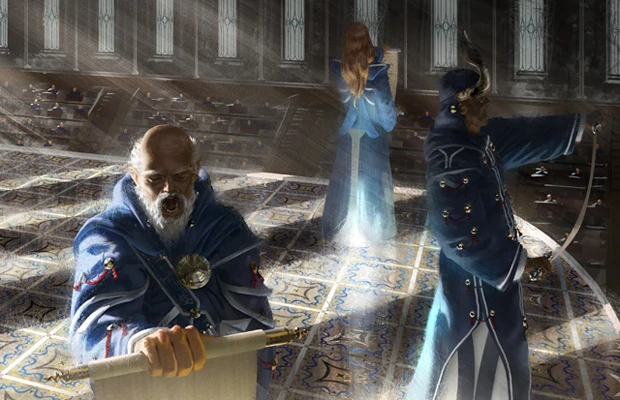

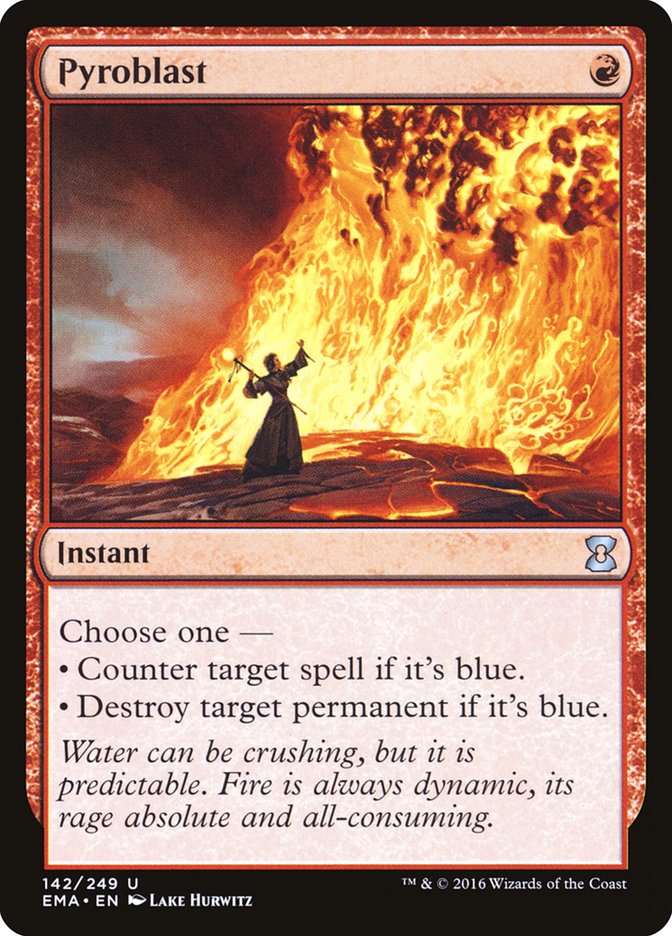
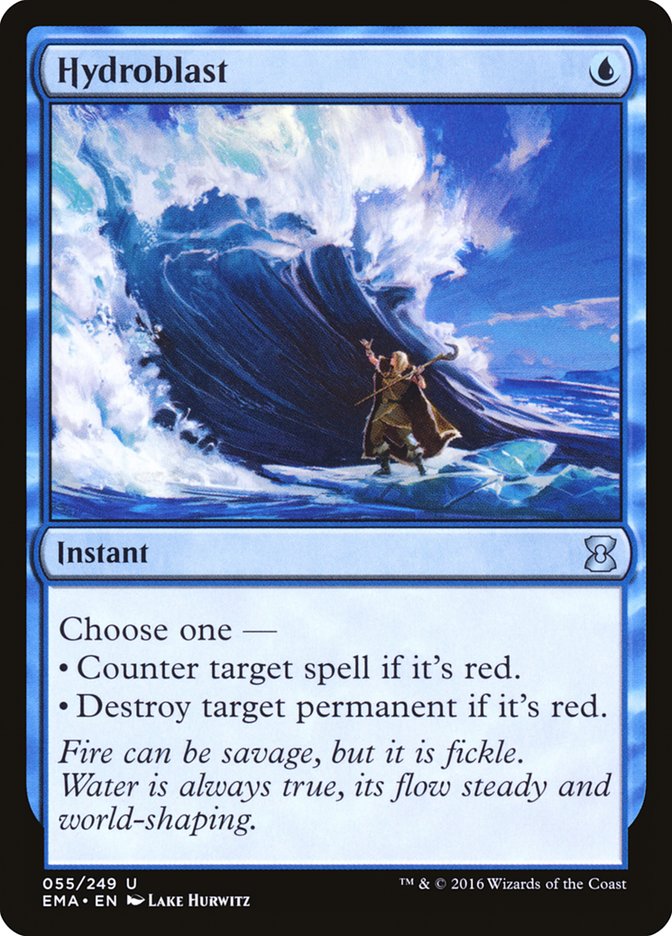
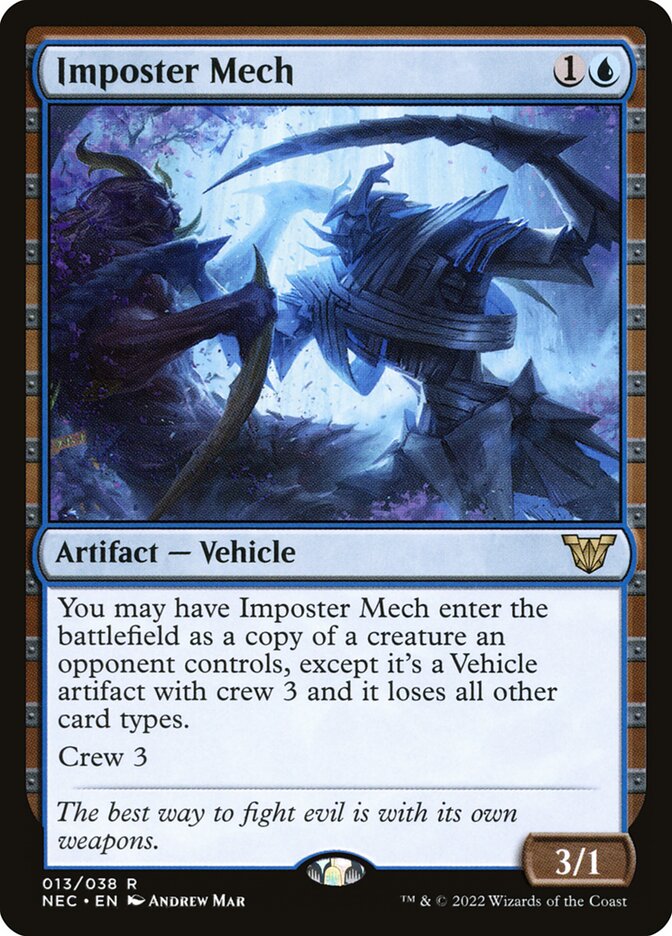
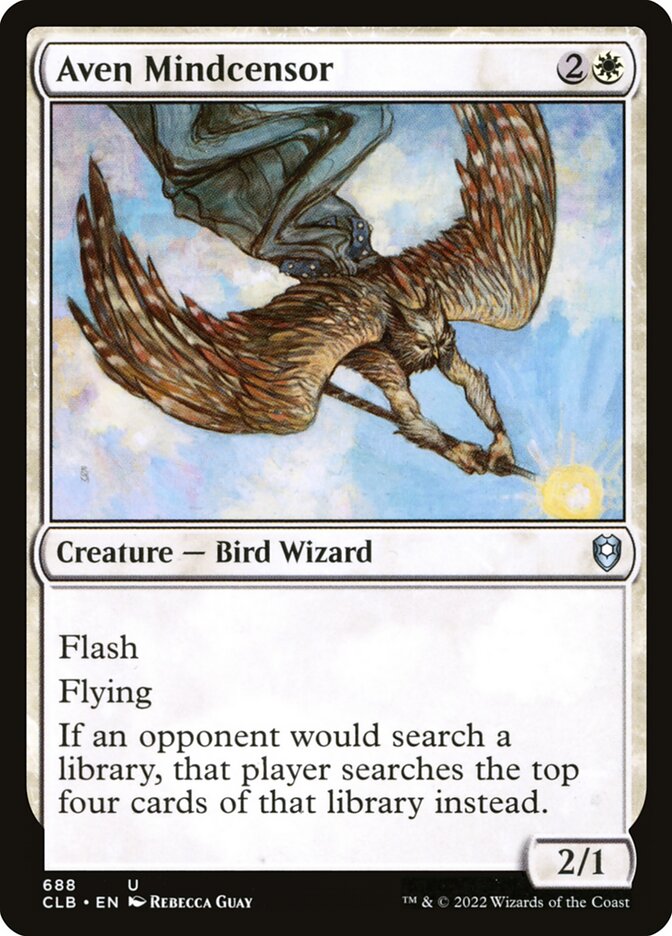
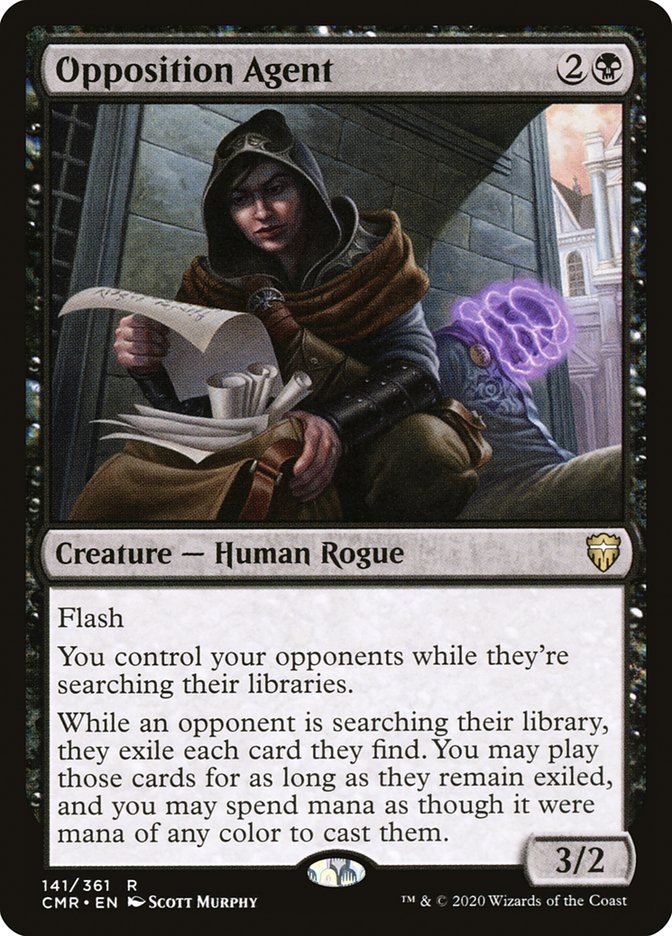
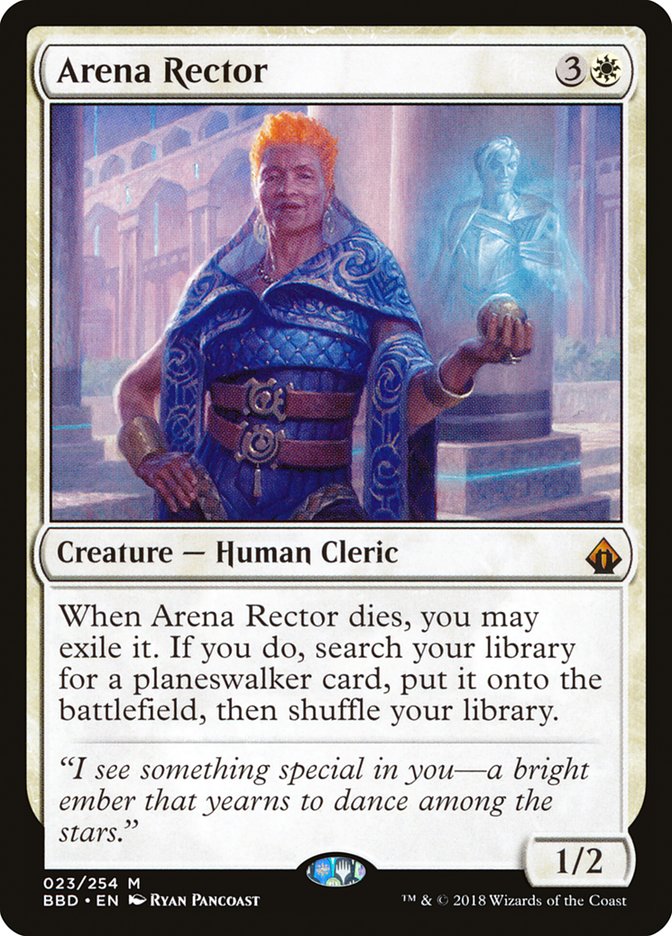
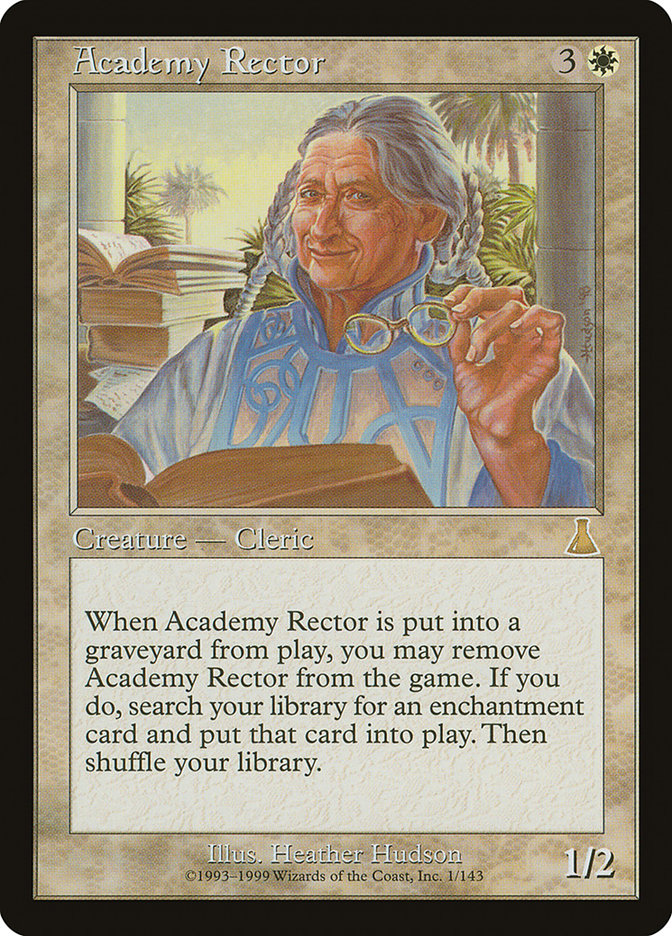
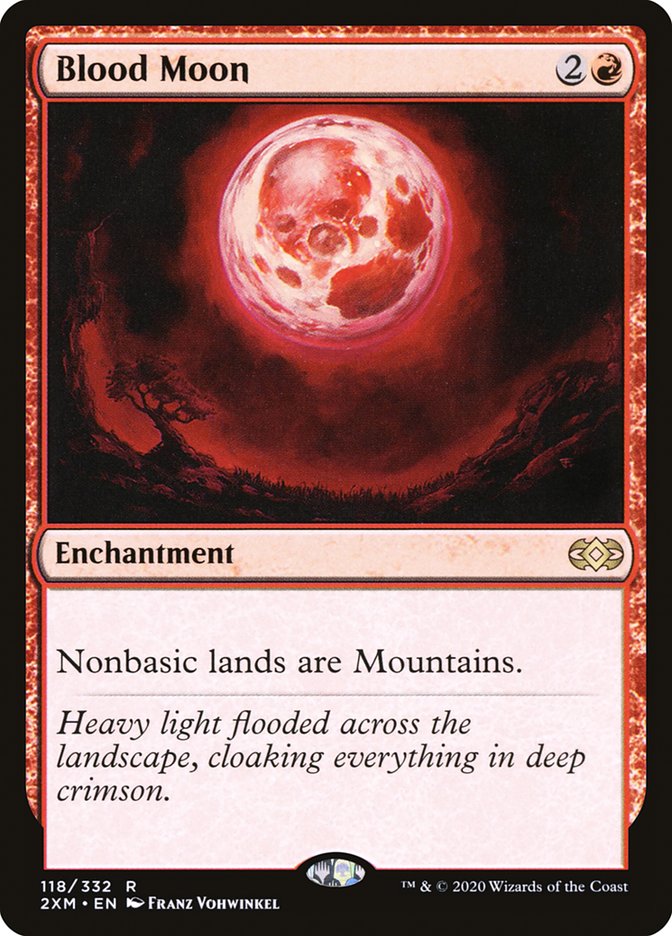
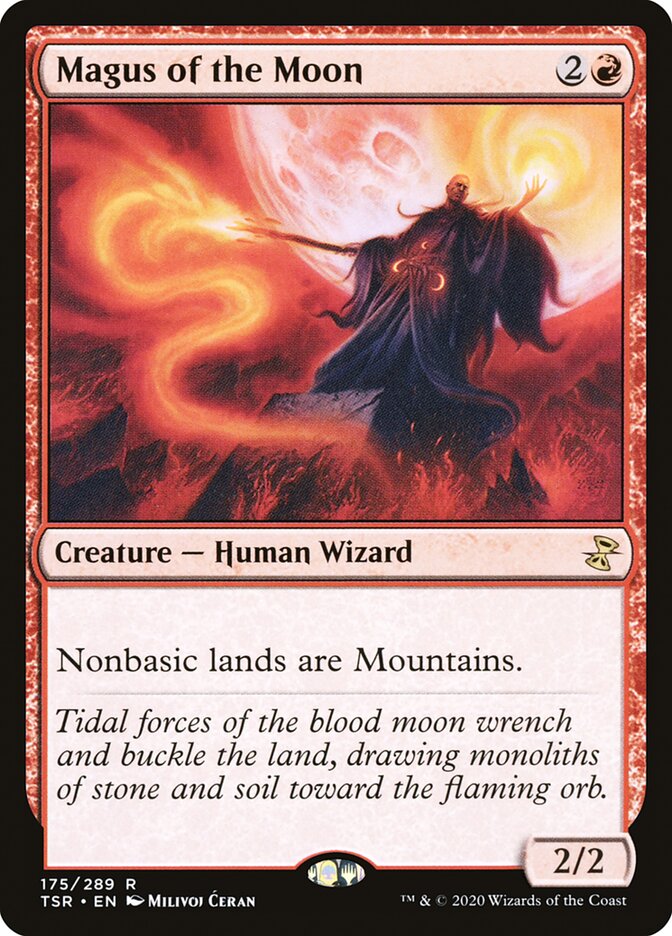
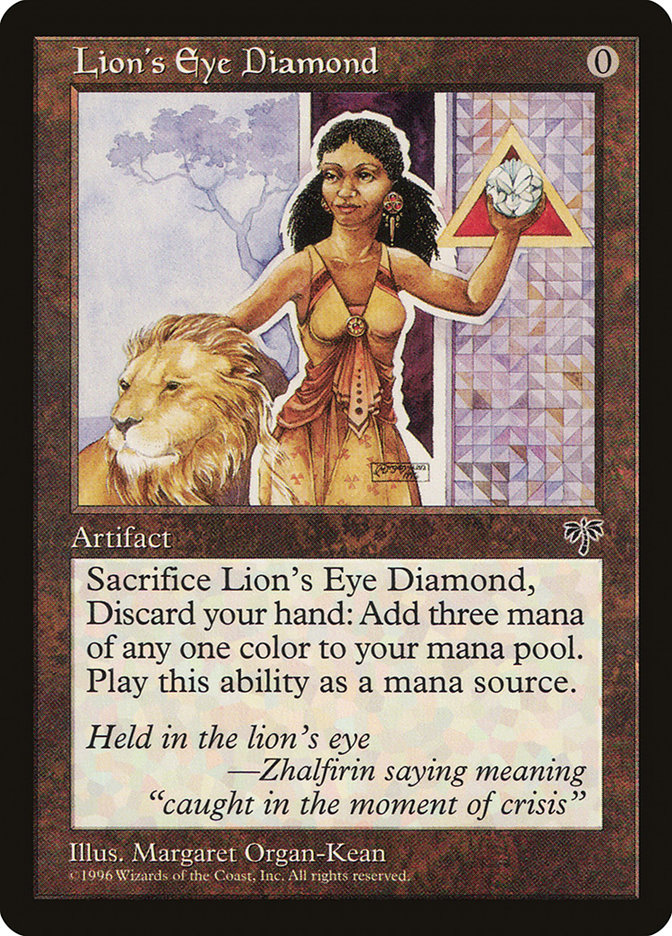
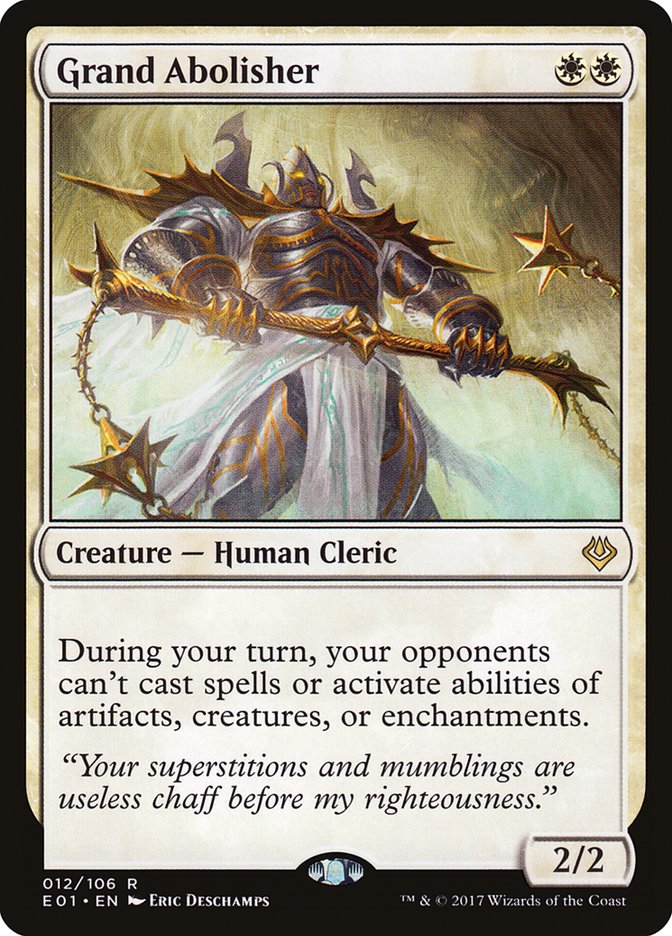
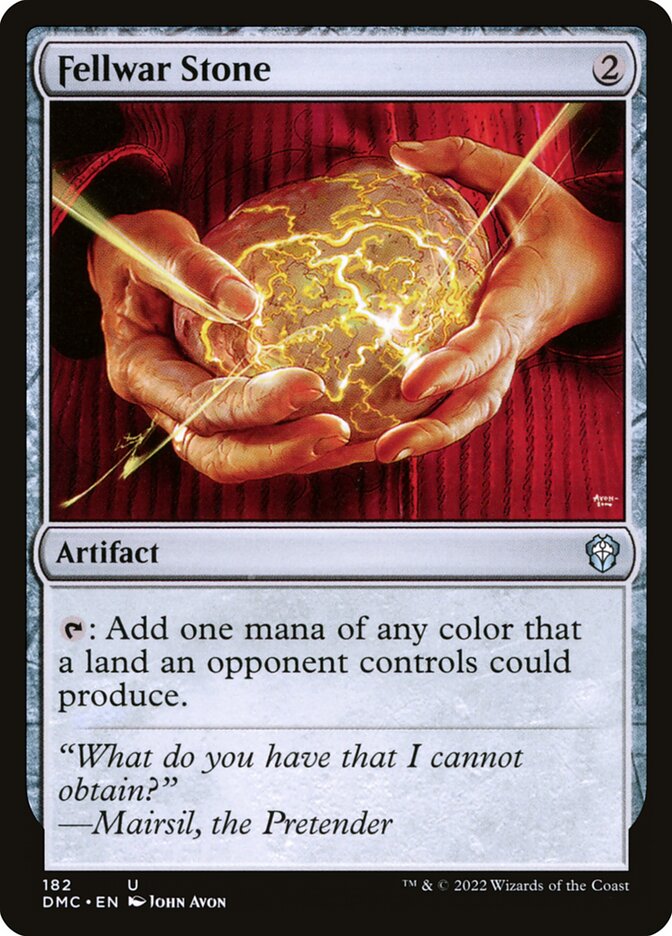
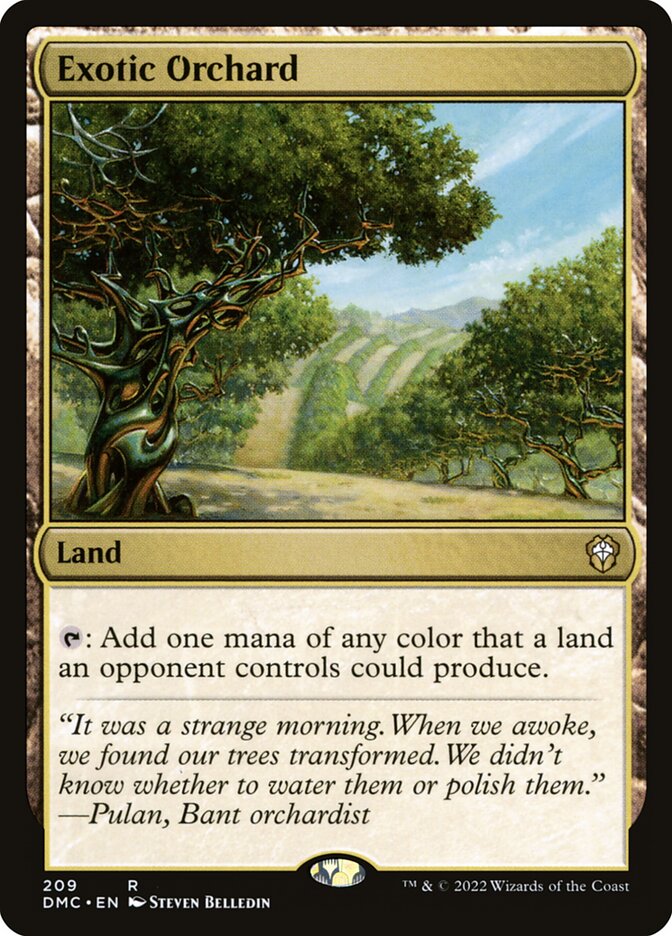

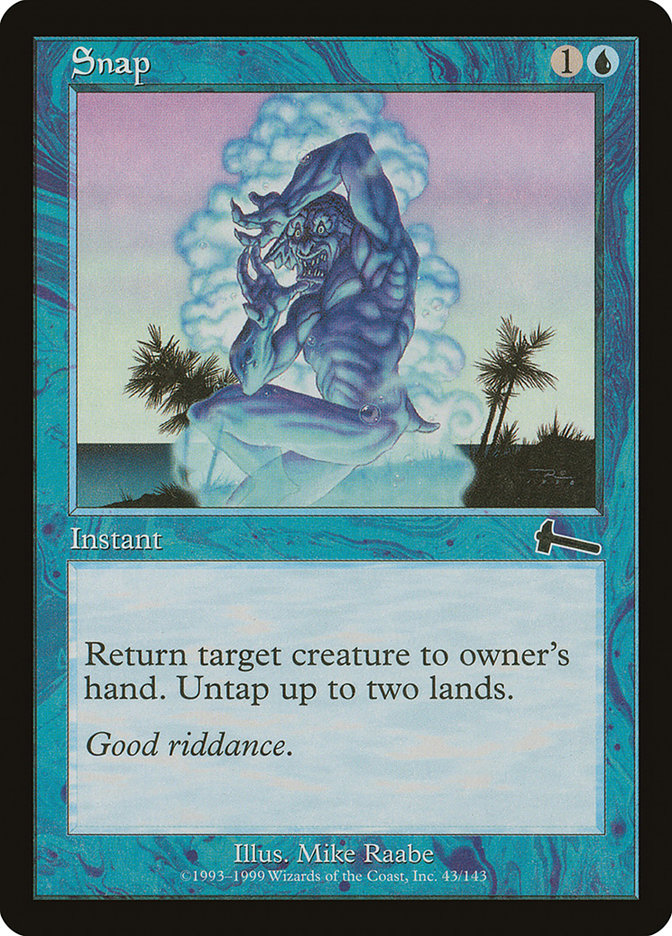
Comment
Join the conversation